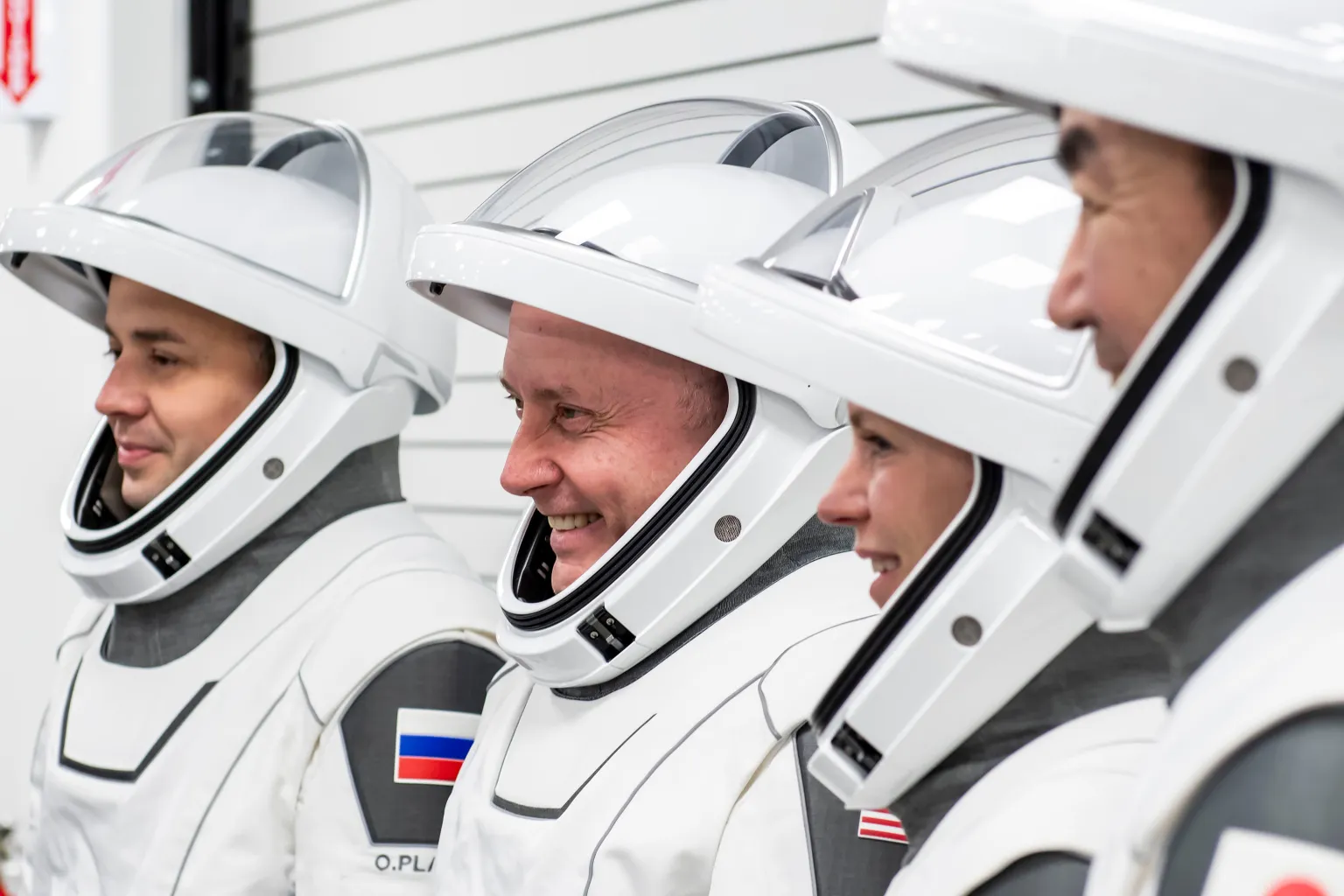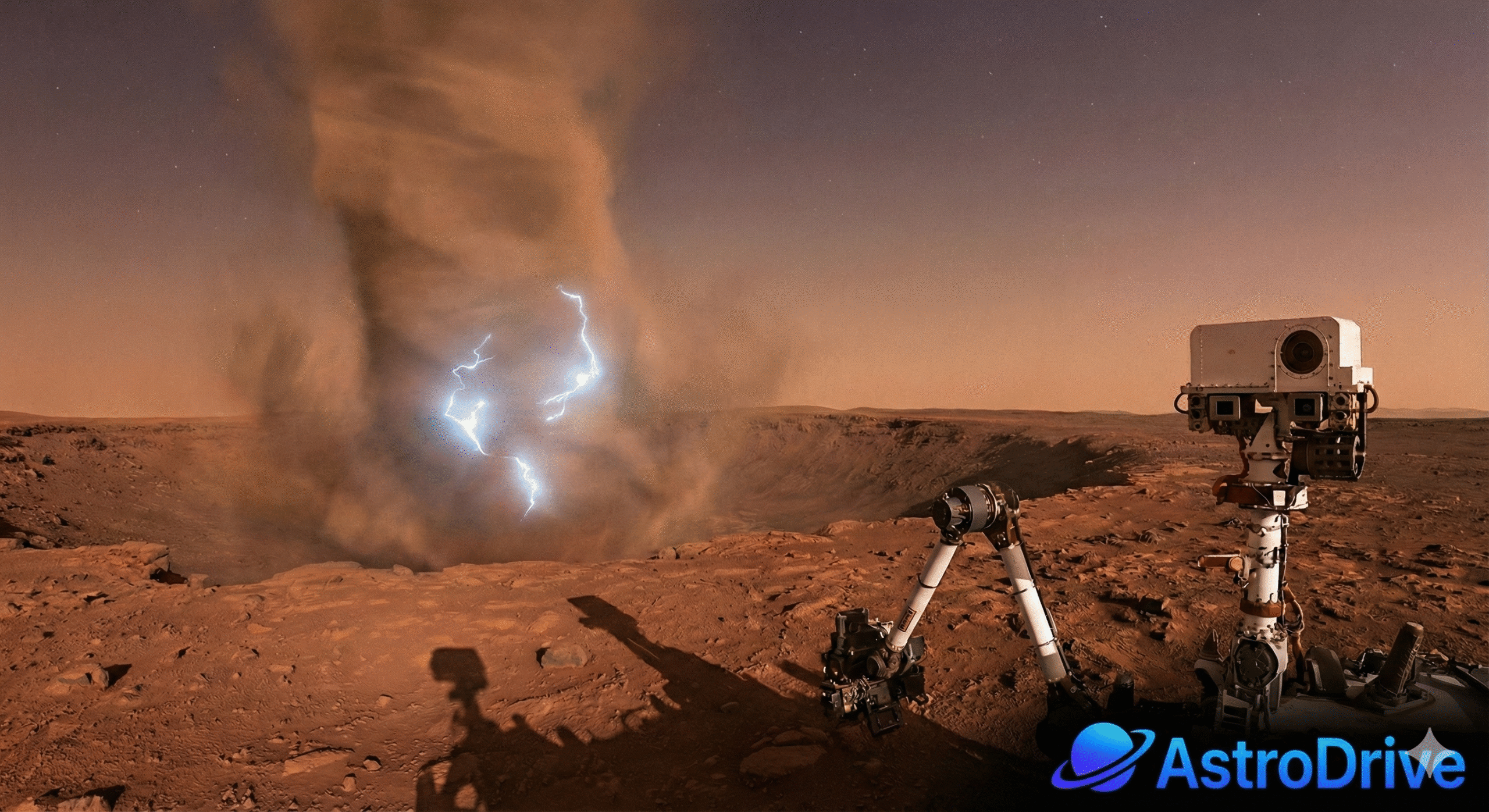Crew-11 Mission: Advancing Space Science and Mars Preparation

NASA SpaceX Crew-11 Mission: A Leap Toward Mars and Moon Exploration
The NASA SpaceX Crew-11 mission represents another significant milestone in humanity’s journey beyond Earth. By focusing on astronaut health, lunar mission preparation, and cutting-edge space science, this mission brings us closer to long-term space travel. As astronauts head to the International Space Station (ISS), they carry with them a vital task—to explore the unknown with tools that could one day support a sustainable presence on the Moon and Mars.
Studying How Space Affects the Human Body
One of the Crew-11 mission’s main goals is to investigate how long-duration spaceflight impacts human physiology. For instance, scientists will examine changes in fluid pressure within the brain, a factor believed to cause vision problems during extended stays in microgravity. In addition, astronauts will test B-vitamin supplements to see if they can reduce such imbalances. As part of the study, some crew members will wear specially designed thigh cuffs to simulate Earth’s gravity and prevent fluids from moving toward the head.
Tracking Full-Body Changes During the Mission
In preparation for deeper space travel, Crew-11 will undergo extensive health monitoring. These tests include vision checks, MRI scans, and nerve function assessments. By comparing results from before, during, and after the mission, researchers hope to understand how space affects the entire body. Moreover, the findings may help design more effective countermeasures for astronauts on future Moon and Mars missions.
Testing Lunar Landing Readiness
To further support NASA’s Artemis program, astronauts will take part in simulations of lunar landings. These simulations, conducted at different phases of the mission, will assess how low gravity influences balance, coordination, and reaction time. Therefore, this work could shape the future of astronaut training, ensuring crew safety on upcoming Moon missions.
Recovery Research After Returning to Earth
Once the mission concludes and the crew returns to Earth, they will report any pain or discomfort experienced during splashdown. This data will offer insight into physical stress and potential risks associated with longer missions. As a result, engineers and medical teams will be better equipped to improve vehicle design and recovery protocols.
Expanding Research Beyond Human Health
In addition to medical research, Crew-11 will carry out a range of scientific experiments. For example, they will explore stem cell cultivation in microgravity and study how bacteria respond to new treatments in space. Furthermore, agricultural research aboard the ISS will test the feasibility of growing food during long missions, an essential step for future space colonization.
Why This Mission Matters
The Crew-11 mission is not just another trip to space—it’s a laboratory for the future. Every test, observation, and recovery measure brings us one step closer to understanding how humans can live and thrive beyond Earth. In the end, the data collected will support both the Artemis program and long-term goals like a manned Mars mission.



Lakiwincasino, now that’s a name that might bring good fortune! Let’s see if it provides the win. Visit this lucky place: lakiwincasino
Hey guys, tried betwin360. The interface is great, well-organized, and easy to navigate. Good range of bets available too. I recommend giving it a try.
Okay, a losing bonus? Sounds like a safety net. If you’re having a rough streak, KhelostarLosingBonus might soften the blow. Still, let’s aim for wins! Get familiar with the offer at khelostarlosingbonus.
F1688bet, now that’s a lot of numbers! Anyone had a good experience here? I’m looking for somewhere trustworthy. What’s the deal? Check it out and tell me: f1688bet
I tried jljl1login out the other day, and honestly, it’s alright. Nothing groundbreaking, but it works. Could use a faster loading time, though.